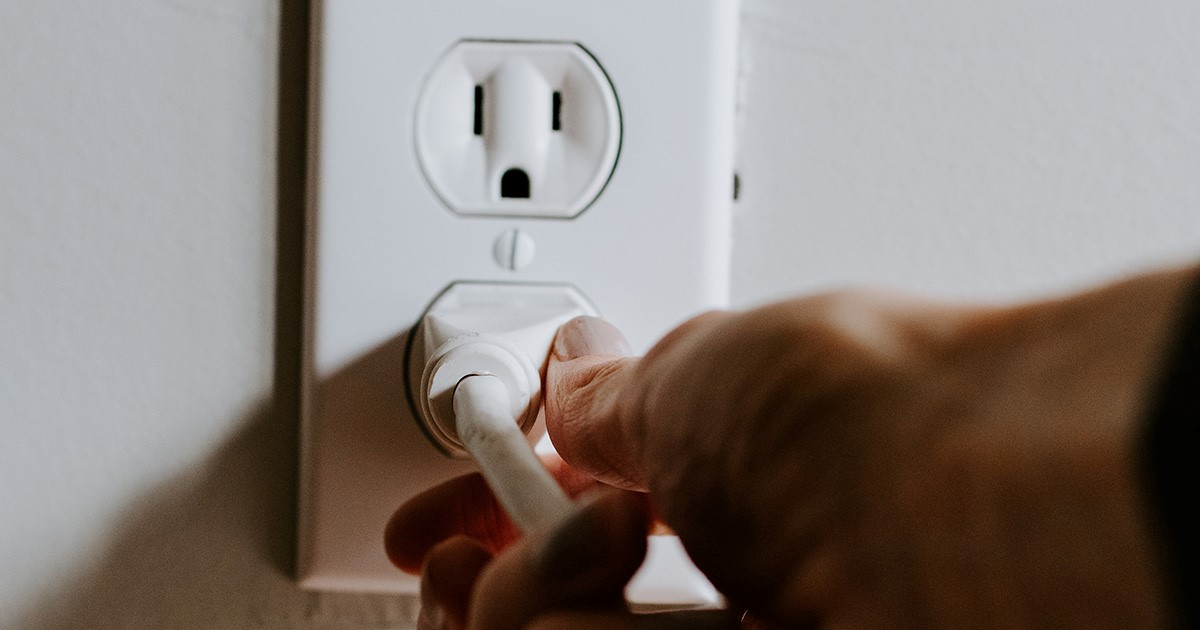Tesla’s Next Frontier — The Tesla Home – CleanTechnica
Energy Disrupter
July 26th, 2020 by Maarten Vinkhuyzen

On the Tesla earnings call last Wednesday, July 22, Elon mentioned the renewable energy stack for the home. Tesla was focused on the big three: collection (solar), storage (Li-on batteries), and consumption (transport). These are indeed three defining parts of the renewable energy cycle for private persons.
The personal energy picture is bigger than these three parts, though. These three meet at the home, where a few other big energy consumers also reside. We can view the home as an energy management system. When there is too much free energy raging outside, either too hot or too windy, even too wet, the home calms the inside energy to a more pleasant level. When there is not enough energy outside, the home provides extra energy for its inhabitants.
That is what a home used to be — a shell with a fireplace and perhaps a stove. Now the modern home is much more. Besides collecting, storing, and distributing the energy to the consumers (transport, heating, cooling, appliances, etc.), in some places it can even sell when it collects too much or buy when it collects not enough via the Tesla Autobidder system.
When a few decades ago the air conditioner became an essential part of each home, and made Florida and the other Southern states of the US habitable, the grids were overtaxed for years. It was a much larger burden than charging the future EV fleet. Perhaps because it happened in a relatively short time.
In the more northern regions, where snow is not uncommon and can keep the landscape white for months, heating is the challenge.
In the hot regions of the South where protection from too much free energy is the main task of a home, collecting and sending the surplus north is a great way to add to the homeowner’s living budget.
In between these regions, previously called “moderate” climate zones, but now suffering from both extremes thanks to the developing climate catastrophe, houses need both great heating and great cooling.
Besides the three parts Elon mentioned, a home energy system needs three other main systems. It needs long-term storage, to have the summer energy available in winter. It needs efficient cooling of the house while storing most of the energy collected for use in winter. It needs efficient heating, including water to wash and shower.
Besides the energy consumers, transport, heating, and cooling, all the other energy using systems in the home like lighting, cooking, household appliances, communications, and other stuff should not suffer. The systems needed to do all these extra tasks are already in Tesla’s area of expertise.
It is the heat pump, storing heat during the summer in the ground beneath the house, and retrieving it in winter with a geothermal energy storage system. This is the kind of long-term energy storage batteries are not very good at, besides being too expensive.
It is an HVAC system, regulated by a bunch of octovalves to get the heat where it is needed in winter, and removing it where it is not appreciated in summer. The HVAC is supported by floors and walls with integrated liquid heating and cooling systems. Using floors and walls is the most efficient way for temperature control in living spaces.
It is the Thermal Management System (TMS) with Autobidder to manage it all, perhaps even based on AI using the Tesla chip and optimizing for the habits of the people living in the house.
It is the knowledge to combine AC and DC systems, and systems of different voltages, in an optimal way, eliminating the many converters found in a modern home.
There are many experimental and research projects on efficient homes around the world. They are nearly all centered around being very frugal with energy. In a world in which that big nuclear reactor in the sky provides unlimited energy, efficient and smart are the way to design your home. Wasting energy stays a big “No No,” but the designs and ways of living need not be constructed out of fear of using energy. Having a swimming pool is no longer a sign of waste. It can be used as a giant energy storage system.
Energy no longer equals pollution.
This new frontier for Tesla is not just placing a new solar photovoltaic (PV) roof over a home, adding some storage, and charging a car. This requires a rethink of the complete building code. We are just starting to learn to design energy-efficient homes. The skins of these homes are multilayered to keep heat and cold out and comfort in. The windows are part of the energy collection system. The walls and floors are the main heating and cooling appliances. The earth beneath the house / garden is a gigantic energy storage system.
So many challenges to solve for the world’s most eager engineers. No company is better equipped than Tesla to organize this redefinition of the way we use and waste the energy for our daily comfort at home and on the road.
Go, Tesla — there is another industry waiting to put on its head.
Top image by Kyle Field, CleanTechnica
Latest CleanTechnica.TV Episode
[embedded content]
Latest Cleantech Talk Episodes
Original Source: https://cleantechnica.com/2020/07/26/teslas-next-frontier-the-tesla-home/


















